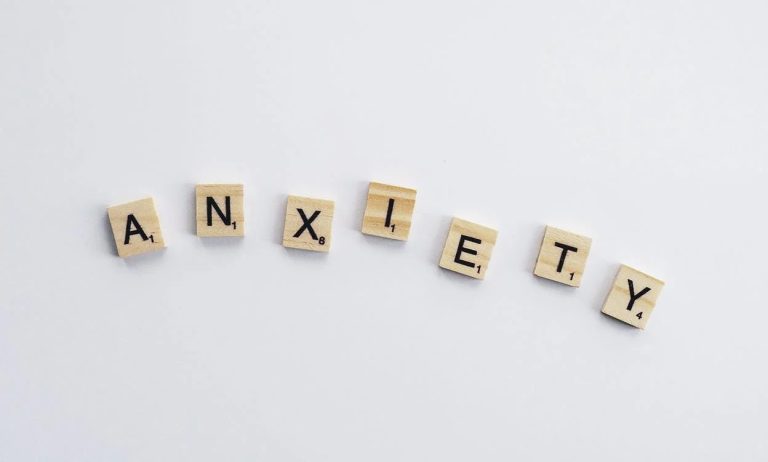What’s the difference between OCD & OCPD?
There is a common misconception between the terms OCD and OCPD. However, one stands for obsessive compulsive disorder and the other for obsessive compulsive personality disorder. While they both have similar names and symptoms, they are in fact different; two distinct types of mental illness with their own unique characteristics.
The Diagnostic Statics Manual (DSM) used by health professionals to diagnose patients, categorises these two disorders under different categories. This is the main difference between the two; one is classified under its own category, Obsessive-compulsive Disorders and Related Disorders while the other is classified under Personality Disorders. I believe it’s crucial to make this distinction because they both cause a high amount of stress for individuals in different ways. Both interfere with individual’s feelings, thoughts and actions. In addition to this, they are also not to be taken lightly as they are common disorders experienced worldwide. In fact, according to the Journal of Clinical Psychiatry,
“The worldwide prevalence of obsessive-compulsive disorder (OCD) is approximately 2% of the general population.”
The DSM-V estimated that the prevalence of Obsessive-Compulsive Personality Disorder ranges between 2.1% to 7.9%, which leads it to be one of the highest personality disorders among the worldwide population.
Characteristics of OCD:
- Experiencing obsessive and compulsive thoughts; intense thoughts and repetitive behaviours that cause distress.
- Spending a huge part of your day performing OCD rituals.
- Inability to maintain commitments such as work.
- Poor relationships
- Usually willing to seek help to overcome their irrational thoughts and behaviours.
Characteristics of OCPD:
- Intense need to be perfect in all aspects of their life; in their actions, in themselves and even in the people around them.
- Don’t allow themselves to relax because they fill their schedules with too much work to do.
- They are rigid with moral codes, values, ethics and rules.
- Hoard items which they no longer need.
- Less likely to seek help because they are not aware that what they’re doing is abnormal.
As can be seen, even though their names are similar, the disorders are in fact very much different. Even their way of treatment differs. The most effective treatment for OCD would be the use of Cognitive Behaviour Therapy, where the person learns to be open to their intrusive thoughts, to accept them and thus, not fear them. While, for OCPD it is harder to treat. The treatment involves the use of psychotherapy such as Gestalt, medication and mindfulness techniques. The focus in therapy would be to question their need to be perfect and organized.
Ultimately, it is important to treat both these disorders. Especially since individuals can also experience co-occurring conditions such as anxiety, depression, substance abuse, and so on. The difficulty lies since in practice, it is harder for the disorders to be told apart by an individual. Especially when, in some cases, individuals might be affected by both disorders. To be able to have an informed diagnosis and the right treatment, it is important that you reach out to a qualified mental health profession for help.
Mandy is a Gestalt psychotherapist who enjoys working therapeutically with adults on various issues. These include general mental health and wellbeing. She also has experience working with anxiety, victims of domestic violence and eating disorders.
References:
- Hertler, S. (2015). Estimates & Implications of Obsessive-Compulsive Personality Disorder (OCPD) Prevalence: OCPD as a Common Disorder with a Cosmopolitan Distribution or Rare Strategy with a Northerly Distribution? Psychological Writings, 8(1), 1. doi: 10.5231/psy.writ.2015.2303
- Sasson, Y., Zohar, J., Chopra, M., Lustig, M., Lancu, I., & Hendler, T. (1997). Epidemiology of obsessive-compulsive disorder: a world view. The Journal Of Clinical Psychiatry, 58(12), 7-10.







